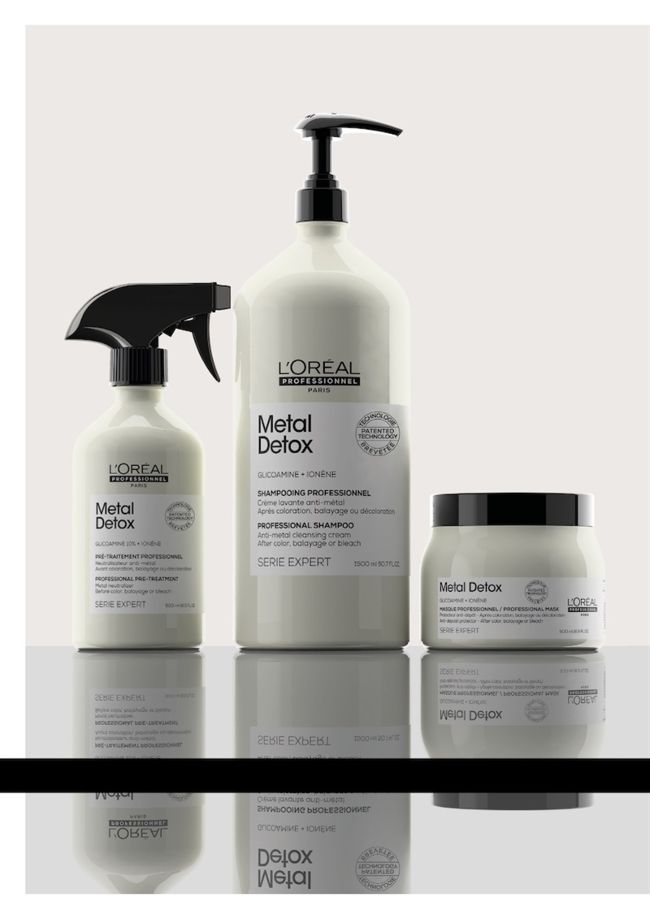More in Store
Since the beginning of the pandemic in early 2020, many salon owners have begun selling products online to create a new income stream. Digital expert Kate Woods outlines the key things to do when creating an online store for your salon
Opening an online shop can bring in money during lockdown, act as a revenue stream in case of future closures, make it easier for clients to buy their favourite products, and is an easy way for you to recommend products, as well as act as a way of earning an income outside of your existing client base.
However, Kate Woods, founder of hair and beauty digital consultancy Salondipity, says it’s important to keep in mind that an online store takes work to set up and must be managed daily.
“You need a marketing plan and delivery mechanism in place, and bear in mind that most platforms and payment mechanisms have costs attached. It takes an average of 31 days to get your first sale, so don’t view it as a quick-fix solution,” she explains.
Content and pricing
As a salon or clinic owner, it can be easy to assume that everyone knows as much as you about your products. “You need to think like a customer. Focus on the benefits of the product, the results of use and, more importantly, dividing your store into categories that feel logical to your clients. It’s best to have categories that are by brand because then it makes it easier to search.”
You also need to think about what is going to make you stand out from the big online beauty retailers. “The most obvious way to do this is to use your knowledge,” says Woods. “Rather than using product descriptions from the brand, write these as if you were describing them to your clients.”
‘Prepare your photos and descriptions by creating them yourself or asking your brands for images, but don’t take them from the internet – it’s not legal’
Make sure your store looks like an extension of your business. “Prepare your photos and descriptions by creating them yourself or asking your brands for images, but don’t take them from the internet – it’s not legal. Make images and descriptions uniform, as consistency shows professionalism, which brings trust,” says Woods.
“Research delivery options too and set your pricing. Look into how much it will cost you to send your products, based on the size and weight. Putting delivery rates on products is good practice because they can always be taken off in a sale.
Furthermore, offering free delivery for higher value orders (maybe over €100) is a great way to push up the order value and offer your customers a promotion.”
Marketing your online store
Use every channel you have available – email, SMS, social media and, potentially, social media advertising, but don’t just use it to tell people you have a store. Instead, Woods suggests using it to promote your store through new campaigns, launches and promotional bundles.
“It takes seven points of contact for a client to make a purchase, so promote your online shop via different educational and interesting content,” she says. “The ‘buy now’ button is a great tool because it can be added to the bottom of a blog post or social media content, and act as a link for your customer to easily buy the products featured in the post.”
‘It takes seven points of contact for a client to make a purchase, so promote your online shop via different educational and interesting content’
Swot up on SEO
Search engine optimisation (SEO) is the process of improving traffic to a website from search engines and is integral to getting your website seen by as many potential buyers as possible. It makes sense to learn as much about SEO as you can.
“A slug is part of a URL that identifies a particular page on a website in an easy-to-read form,” she explains. “Make sure your one is intuitive, and use hyphens rather than underscores. Page title is the most important bit on the page, so make sure you use the product name and, if you can, a very brief description.
“Page description is the information that appears on the Google search results page and is no more than 155 characters. I would encourage you to include a call to action so people can see a reason why they need this product.”


TRADING ONLINE VOUCHER SCHEME
Available through your Local Enterprise Office (LEO), the Trading Online Voucher Scheme is designed to assist Irish small businesses to trade more online, boost sales and reach new markets. It offers financial assistance of up to €2,500, with cofunding of 50% from the business, along with training and advice to help your business trade online.
The training sessions provide impartial information on various topics, including developing a website, digital marketing, social media for business and SEO.
Businesses that have already received a Trading Online Voucher can now apply for a second voucher, where upgrades are required, although they need to have submitted their final claim for their first voucher.
Funding can be used towards adding payment facilities or booking systems to your website, or developing new apps for your customers. The voucher can also be used towards subscriptions to low-cost online retail platform solutions, to help companies quickly establish a retailing presence online.
The vouchers are targeted at businesses with limited or no e-commerce presence, 10 or fewer employees, a turnover of less than €2m, and that have been trading for at least six months.

Sale and checkout
Make sure your checkout process uses the same theme as the rest of your website.
“All platforms automatically send out notifications, both to you, to let you know that you have got a purchase, and also to the person that has made the purchase.
These come out of a default box, but they can be customised, so put your logo on them to make sure it looks like an extension of your brand,” says Woods.
“Remember to check the box to allow abandoned cart emails. Statistics show that 30% of abandoned cart emails end in a sale, so it’s a worthwhile thing to do.
“Have a process in place that allows you to track your in-store sales as well as your online ones, and attach an order fulfilment process to help you keep track of your completed online orders.”
Kate Woods is a digital consultant to hair and beauty businesses, and the founder of service provider Kor Digital and training company Salondipity.